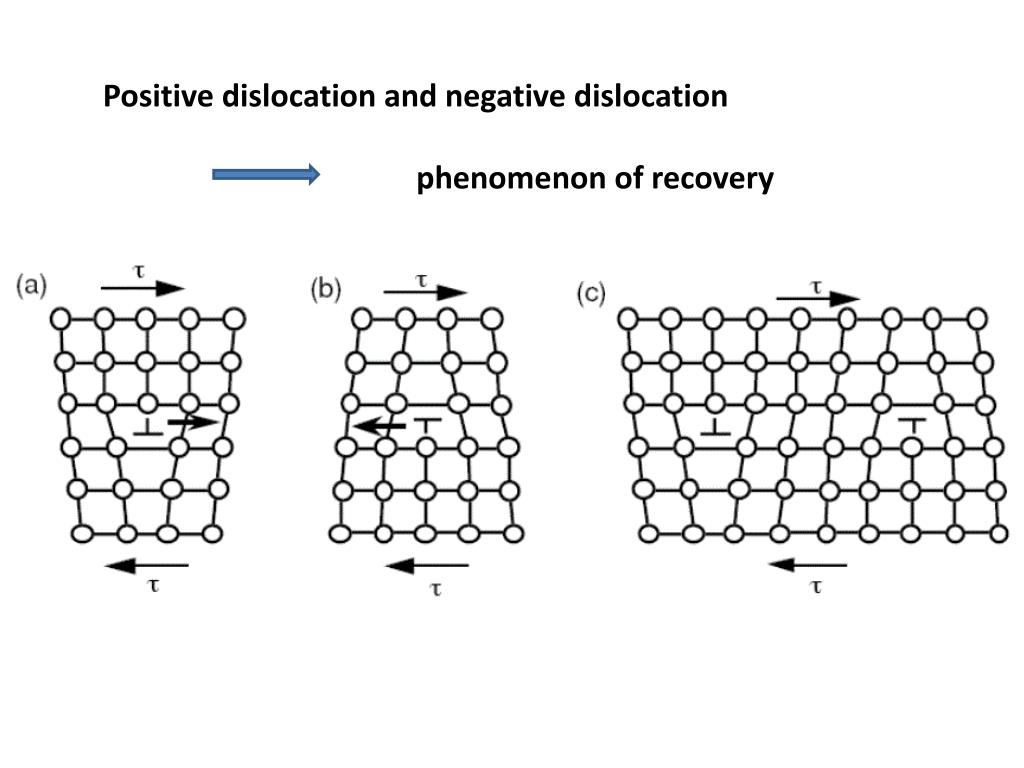
In other words, the boy in this GIF almost certainly walked away unscathed - and, hopefully, unashamed. Luckily, Fan said, brain cells are resilient, and it would take around 4 to 6 minutes of oxygen deprivation for any cells to die completely. A combination of these factors is likely why the boy passed out, but the pilot behind him did not. Protective devices like Anti-G Suits, which automatically inflate to restrict blood flow to the legs, can help, too. Pilots must maintain strong physical fitness, wellness and nutrition to have any hope of staying alert in high-G environments. Under 8 G's of force, though, even 15 seconds of AGSM can be incredibly hard to sustain, Fan said. For this reason, all military and acrobatic pilots train in Anti-G Straining Maneuvers (AGSM), which include various breathing and muscle-tensing techniques to minimize downward blood flow and keep the brain as oxygenated as possible. G-force is a measure of acceleration or deceleration, which is the change in speed over time. In an untrained adult, as few as 3 G's can be enough to deprive the brain of oxygen, Fan said. All in all, this can take perhaps 20 – 30 seconds, though it can vary widely." It can be followed by convulsions and uncontrolled muscle movements. "Some report vivid dreams or nightmares after waking up. After that reserve is depleted, the brain will "shut down," causing you to lose consciousness as the boy in the GIF did.

Your brain cells hold a small oxygen reserve that can keep them functioning for about 4 seconds, Fan said. Clear, large readable G-force numerical value (10G. "On top of that, now the heart has to fight the force to push the blood to the brain with much higher pressure," Fan said. "And no blood in the brain means no oxygen in the brain." Temporary memory for maximum positive and negative G-forces encountered (typically during a flight). "But in a rapidly building G, the acceleration force is strong enough to force the blood down the legs, making it difficult or almost impossible to flow back to the heart for re-circulation." "In a 1 G environment, the heart generates enough blood pressure to deliver the blood above the heart and to the organs above the chest (like the brain and the eyes)," Fan said.

Part of this has to do with how blood circulates throughout your body. (According to the YouTube video from which the GIF was taken, the plane was actually hit with closer to 8 G's of force as it turned.)īecause humans adapted to survive in a 1 G environment, any rapid increases or decreases in G-force can have immediate adverse effects, Fan said. However, when a plane makes a rapid, near-90 degree turn as it does in the GIF, it creates a radial acceleration that can generate more than 6 G's of force - or six times the force of Earth's gravity - Fan said.


 0 kommentar(er)
0 kommentar(er)
